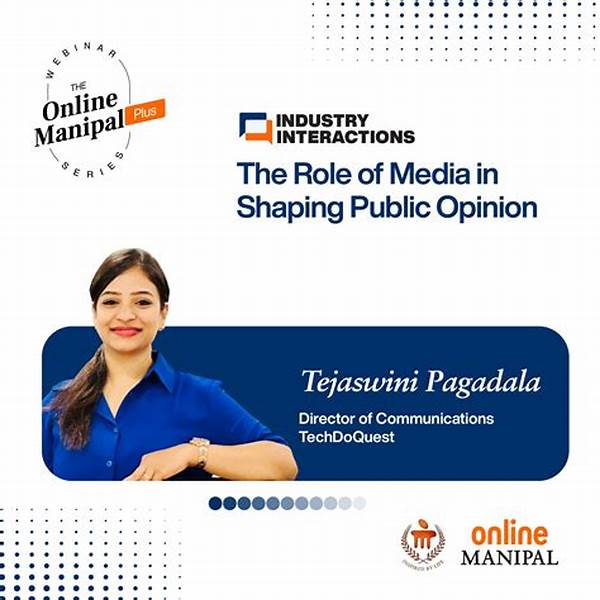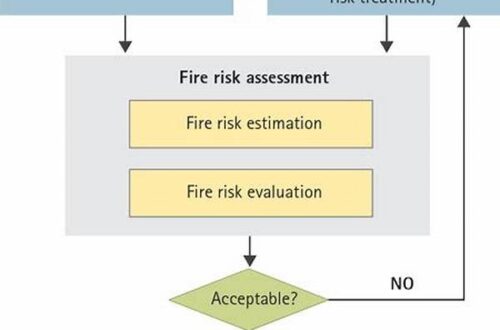In the digital age, the landscape of public opinion is being profoundly reshaped by online platforms. The immediate and far-reaching capabilities of the internet have revolutionized the way opinions are formed, communicated, and perceived. Public opinion is no longer confined to traditional media; rather, it is dynamically molded through social media, blogs, forums, and other digital channels. This article explores the multifaceted phenomenon of shaping public opinion online, uncovering the mechanisms and implications of this significant transformation.
The Dynamics of Online Opinion Formation
Shaping public opinion online involves a complex interplay of factors, including the proliferation of information, the role of influencers, and the architecture of digital platforms. The sheer volume of content available can often lead to information overload, where individuals rely on quick consumption rather than deep analysis. Influencers and thought leaders emerge as key players, guiding public discourse through their substantial followings and perceived expertise. Additionally, algorithms employed by social media platforms prioritize certain content, subtly influencing which information gains prominence. This confluence of factors creates an environment where public opinion can be rapidly swayed, allowing digital narratives to gain traction and impact societal perceptions.
The speed at which online platforms can disseminate information plays a critical role in shaping public opinion online. Events can unfold in real-time, with opinions forming and evolving at an unprecedented pace. This immediacy, while fostering engagement, can also lead to the spread of misinformation. Consequently, the digital age demands increased digital literacy as individuals must discern credible sources from unreliable ones. The power dynamic between content creators and consumers thus becomes a pivotal element in understanding how public opinion is shaped in the contemporary digital sphere.
Influencers and Their Role
1. Influencers wield significant power in shaping public opinion online by leveraging their large audiences to propagate specific narratives or viewpoints.
2. Their endorsement or condemnation of issues can lead to widespread public discourse, often swaying their followers’ opinions substantially.
3. Through strategic use of social media platforms, influencers can effectively engage with diverse demographics and amplify their messages across digital landscapes.
4. Influencers often collaborate with brands, campaigns, or causes, utilizing their authority to drive consumer behavior and public sentiment alike.
5. With authenticity being a cornerstone of their success, influencers shape public opinion online by fostering trust and perceived relatability among their audiences.
The Impact of Algorithms
Algorithms dictate much of the content visibility on social media, thereby playing a crucial role in shaping public opinion online. By tailoring content to individual preferences, algorithms create echo chambers where like-minded opinions are amplified while dissenting views may be marginalized. This phenomenon can lead to polarization, as people are exposed primarily to viewpoints that reinforce their existing beliefs. Moreover, the commercial nature of many platforms incentivizes sensationalism, as eye-catching content generates more engagement regardless of its veracity. As a result, understanding the function of algorithms is essential in comprehending the modern dynamics of public opinion formation.
In addition to influencing what content users see, algorithms also affect how they interact with information. The design of these systems encourages rapid consumption, often at the expense of critical evaluation. As users scroll through curated feeds, the constant influx of stimuli can diminish the opportunity for meaningful reflection. Consequently, shaping public opinion online within such environments necessitates acknowledging these inherent biases and addressing the challenges they introduce in public discourse.
The Role of Social Media Platforms
Social media platforms have become pivotal arenas for shaping public opinion online. They serve as both a stage for public discourse and a battleground for conflicting narratives. The availability of diverse content on these platforms allows users to explore various perspectives, fostering a pluralistic approach to opinion formation. However, the open nature of social media also makes it susceptible to manipulation, where coordinated misinformation campaigns can manufacture or distort consensus. Recognizing this duality is imperative to understanding the intricate relationship between social media and public opinion.
Alongside their role as opinion shapers, social media platforms possess the ability to facilitate activism and mobilization. The viral nature of content dissemination can spark social movements and drive collective action, as witnessed in numerous instances worldwide. Thus, in the context of shaping public opinion online, social media exemplifies both the power and unpredictability inherent in digital communication. Harnessing this potential responsibly remains a challenge, requiring both platform regulation and user awareness to maintain the integrity of online public discourse.
Challenges of Misinformation
The rapid spread of misinformation poses significant challenges to shaping public opinion online. The virality of false information can result in widespread public deception, impacting individuals’ views on crucial issues such as politics, health, and social justice. The struggle to combat misinformation is compounded by the sophisticated means through which it is disseminated, often blending with legitimate news to evade detection.
Furthermore, the cognitive biases of individuals play a role in the propagation of misinformation. People tend to seek information that confirms their pre-existing beliefs, a phenomenon known as confirmation bias. Social media algorithms, by curating content based on user preferences, inadvertently exacerbate this bias, leading to the reinforcement of false narratives. To effectively address misinformation and its influence on public opinion, strategies must be developed to enhance media literacy and promote critical thinking among digital audiences.
Strategies for Responsible Opinion Formation
Promoting responsible opinion formation in the digital realm involves multifaceted strategies aimed at improving information quality and public discourse. Encouraging transparency in content creation is essential to mitigate the manipulation of public opinion. Users should be empowered to critically evaluate the credibility and motivations behind the information they consume.
Educational initiatives play a crucial role in shaping public opinion online responsibly. By fostering digital literacy skills, individuals can better navigate the complexities of the online information ecosystem, distinguishing between fact and fiction. Collaborations between technology companies, educational institutions, and governments can facilitate the development of robust resources and tools to empower users in their information consumption.
Conclusion
The phenomenon of shaping public opinion online has profoundly altered the landscape of contemporary discourse. While offering unprecedented opportunities for engagement and democratization, it also presents significant challenges such as misinformation and polarization. By understanding the mechanisms at play, from influencer impact to algorithmic influences, individuals and society as a whole can navigate this complex terrain more effectively.
A concerted effort towards enhancing digital literacy and promoting responsible information consumption is vital to maintaining the integrity of online public opinion. In this evolving digital age, the collective responsibility to ensure balanced and informed public discourse remains an ongoing endeavor, requiring vigilance, adaptability, and collaboration across various societal sectors. Through these measures, shaping public opinion online can continue to serve as a conduit for constructive dialogue and societal progress.





